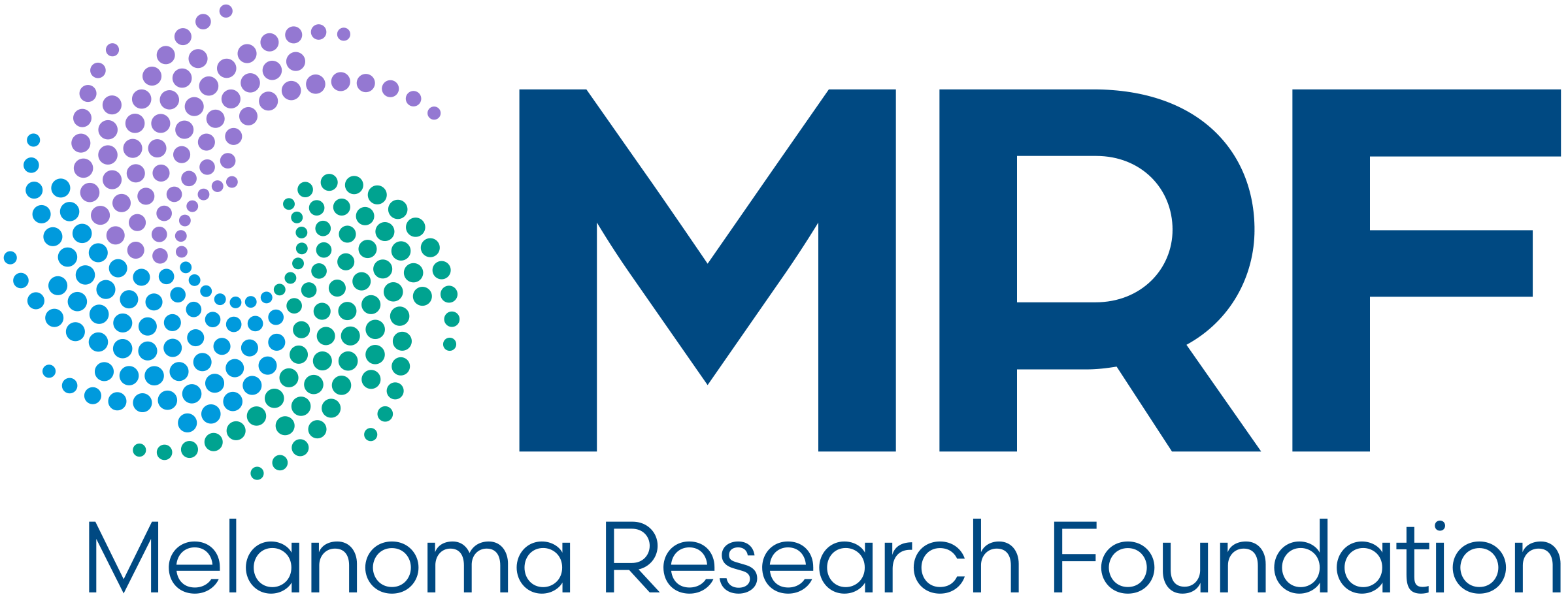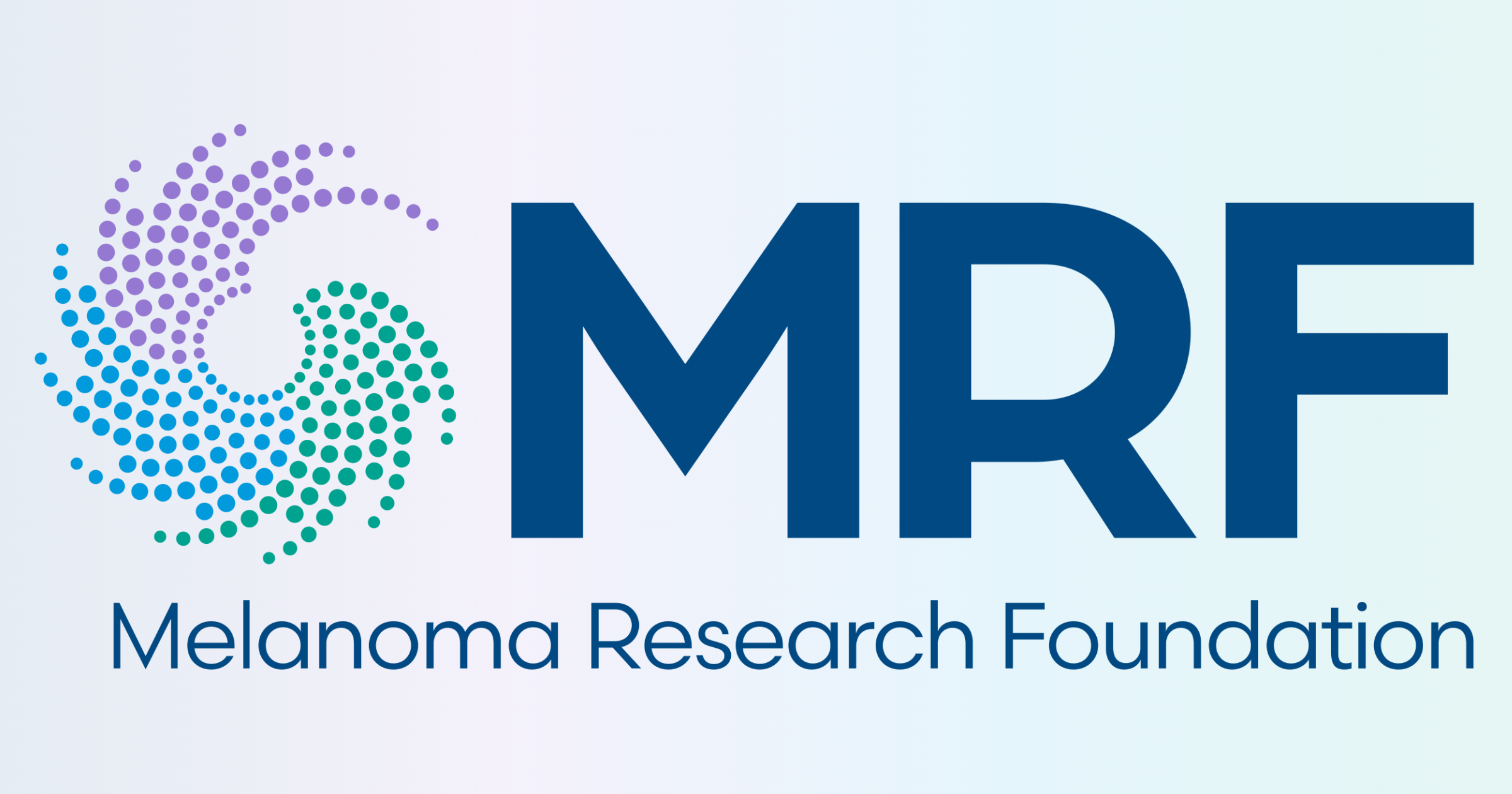Next-Generation RAF-Targeting Strategies for RAS-Mutant Melanoma

Mathieu Desaunay, PhD
Mentor: Poulikos Poulikakos, PhD
Career Development Award
Icahn School of Medicine at Mount Sinai
Mathieu Desaunay‘s Abstract
Skin cancer is one of the most common types of cancer, with melanoma being the deadliest form. In the United States, approximately 104,960 new cases of melanoma are expected in 2025, and about 8,500 people are projected to die from the disease. Melanomas often result from genetic mutations in genes controlling cell growth. A key pathway involved in this is the MAPK pathway (Mitogen-Activated Protein Kinase pathway), which transmits growth signals from the cell surface to the nucleus. When mutated, this pathway becomes overactive, leading to uncontrolled cell growth and melanoma. The BRAF (V600E) mutation is one of the most common causes, leading to constant activation of MAPK and uncontrolled cell division. Treating advanced melanoma, especially when it spreads to other parts of the body (metastatic melanoma), was historically difficult. Over the past decade, targeted therapies have changed this. BRAF inhibitors were developed to block the BRAF (V600E) mutation and paradoxically hyperactivate the MAPK pathway in normal cells, preserving healthy tissue function. This effect makes the combination of BRAF inhibitors and MEK inhibitors (which block another part of the MAPK pathway) more tolerable, improving patient survival and quality of life. However, some patients eventually develop resistance, causing cancer progression. Ongoing research (including our) focuses on finding ways to overcome it. Also, around 20% of melanoma cases carry mutations in the NRAS gene, which also overactivates the MAPK pathway. However, unlike BRAF-mutant melanoma, there are no approved targeted therapies for NRAS-mutant melanoma, and BRAF inhibitors are ineffective. To address this, a new class- pan-RAF inhibitors were developed to block RAF proteins in all contexts. However, these inhibitors shut down the MAPK pathway in both cancer and healthy cells, causing significant side effects. Combining pan-RAF inhibitors with MEK inhibitors improves their cancer-fighting ability but still causes unwanted suppression of normal cell function. As a result, treatment options for NRAS-mutant melanoma remain limited and urgently needed.
Here, we propose a novel approach to melanoma treatment by developing and characterizing a new class of RAF inhibitors targeting all classes of melanomas. Like BRAF inhibitor, but with a distinct mechanism, this class of RAF inhibitor selectively increase MAPK pathway activity in healthy cells while blocking the pathway in all melanoma cells we tested. This approach allows us to combine these RAF inhibitors with MEK inhibitors (and other MAPK inhibitors) to enhance cancer cell potency without affecting normal cells. Using this cutting-edge approach, we will provide new insight into the molecular mechanism of action underlying this novel class of RAF inhibitor. This project has the potential to advance novel drug combinations into human clinical trials, offering new hope for patients with BRAF-mutant, NRAS-mutant, and treatment-resistant melanoma.



